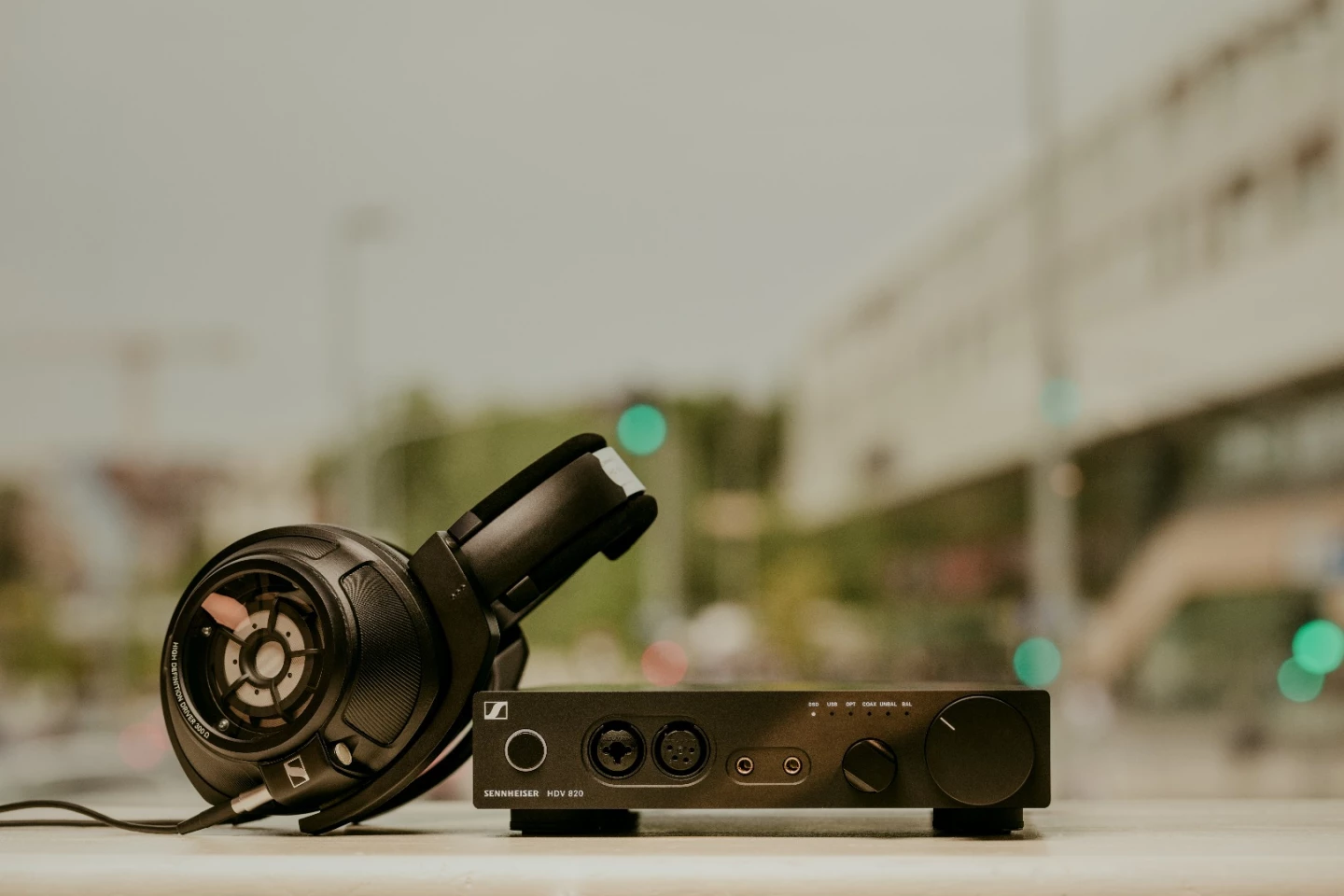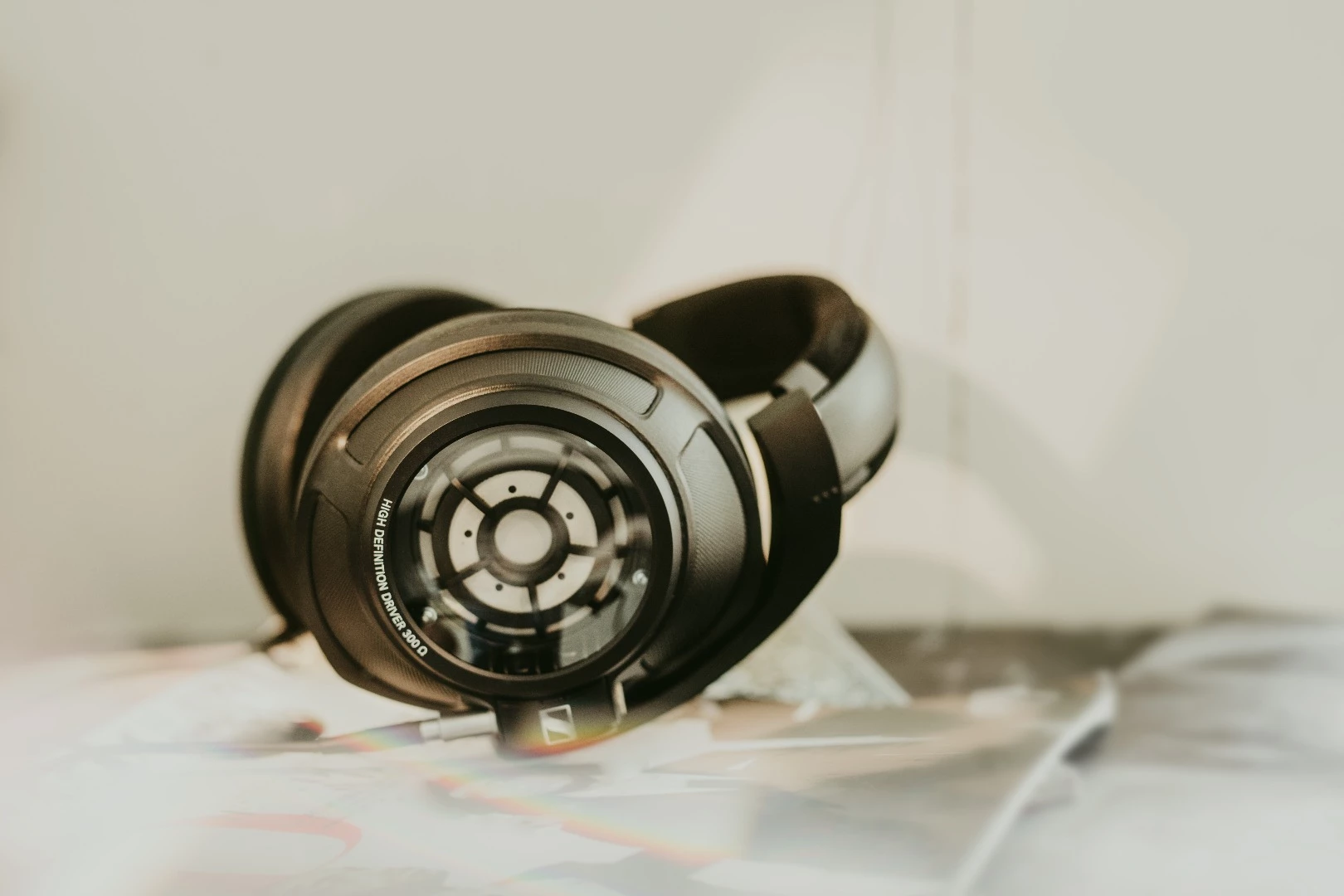Generally speaking, open-backed headphones like the audiophile-on-a-budget HD 650s offer listeners a more spacious, detailed and accurate sound than those with a closed back design. While some makers combine the two, Sennheiser has attempted to produce that sought after open sound from decidedly closed back headphones.
A major drawback of open-backed headphones is that they can only really be used in a quiet room, since the design leaks sound out and lets background noise in. Closed-back designs cut down on sound leakage but at the expense of audio quality and transparency. Sennheiser says it's found an answer.
"The HD 820 is a game changer that delivers exceptional sound while insulating the listener from their environment," said Sennheiser's Axel Grell. "I consider them to be the most transparent-sounding closed-back headphones in the world."
Sennheiser also describes the sound as vivid, wide and natural – all hallmarks of open-backed headphones. The HD 820 over-ear dynamic stereo headphones sport curved Gorilla glass covers designed to minimize resonance by bouncing sound waves back towards absorbing chambers, meaning that "the sound waves are effectively 'gone' like they would be in open headphones." And they also reveal the company's Ring Radiator transducers to onlookers, which is pretty cool.

The headphones feature a metal headband with an inner damping element and microfiber earbads wrapped in synthetic leather for allergy-free comfort, and come with an OFC cable ending in a gold-plated jack.
They have a reported 12 Hz to 43.8 kHz (-3 dB) frequency response and a sound pressure level of 103 dB. But with an impedance of 300 ohms, the HD 820s will likely need some assistance to work with mobile music sources, and Sennheiser naturally suggests pairing the headphones with its similarly-priced HDV 820 amplifier (pictured above).
The HD 820 headphones are due for release in the coming months for an expected retail price of US$2,399.95.
Source: Sennheiser








